(CLO) Buon Dong Bak (Yok Duon), Yang Tao commune, Lak district, Dak Lak is where the M'nong Rlam people live. They have developed the ancient pottery craft, creating products made entirely by hand, providing many necessary items for other ethnic groups in the region through the exchange of goods in daily life.
Nowadays, although society has developed, the next generation of families who make this traditional pottery always preserve and continue their ancestors' work. The Yo Khoanh family, in Dong Bak village, now Yok Duon, Yang Tao commune, Lak district, Dak Lak province, has been involved in the ancient pottery making profession for a long time.
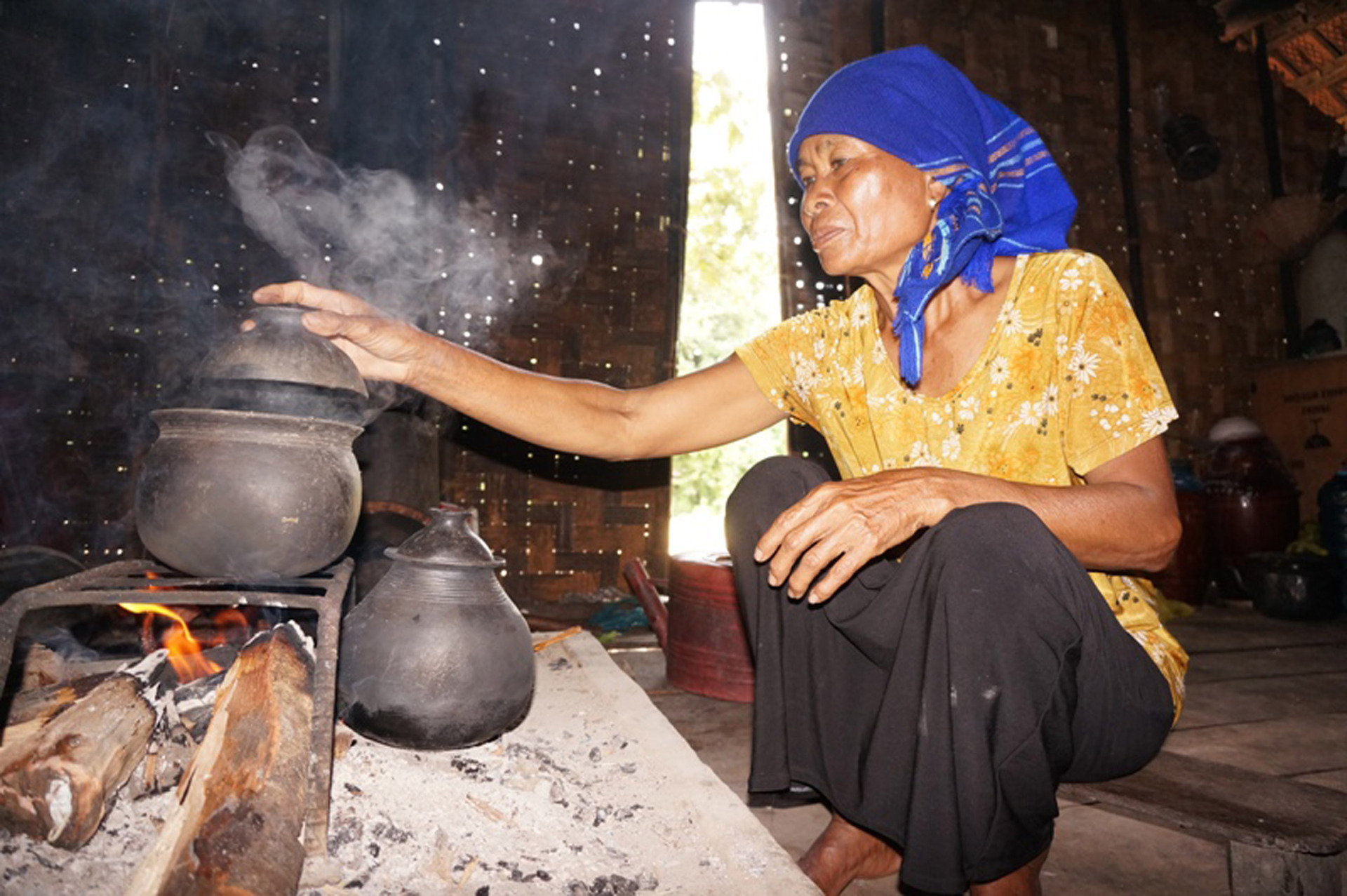
Yo Khoanh family maintains the lifestyle of using pottery when cooking.
Born and raised in the pottery profession for more than 70 years, Ms. Yo Khoanh does not know when the pottery profession in her hometown began, only knowing that since her ancestors' time, most families around the village have been attached to this clay kneading profession.
During her childhood, Yo Khoanh had a special love for pottery making, which she still enthusiastically introduces and tells everyone when asked: "When I was young, I followed my grandparents to all regions of the Central Highlands to exchange items. I was very interested in seeing my grandparents and the adults in the house molding clay to make pots, cups, bowls... and I watched every day."
"Gradually, my friends and I in the village were curious and learned from each other. After months of hard work and guidance from adults, by the age of 14 or 15, I had mastered the steps to make ceramic products. Up to now, my family still maintains the daily routine of using ceramics for cooking," Ms. Yo Khoanh shared.
To make ceramic products, the clay is taken from the foot of Chu Yang Sin mountain, 6km from Yok Duon village, by walking on trails through the fields.
The ancient pottery production process of the M'Nong people is completely handmade, consisting of many stages, but to complete a product there are 5 basic stages: preparing the soil, shaping the product, decorating patterns, glazing and firing.
In other places, pottery making uses a wheel to create shapes, but here they do it entirely by hand, kneading heavily and pounding with a pestle, without mixing, demonstrating simplicity in thinking and daily life, creating quintessential cultural values in each product.
If the ceramic products in the past were simply items serving daily needs such as: kettles, bowls, clay pots, sticky rice cooking tools, wine jars, pickled bamboo shoots... with simple designs, then in the creative process to serve the tastes of customers and young people, Yo Khoanh also molded animals such as elephants, turtles, tigers, teapots and cups.
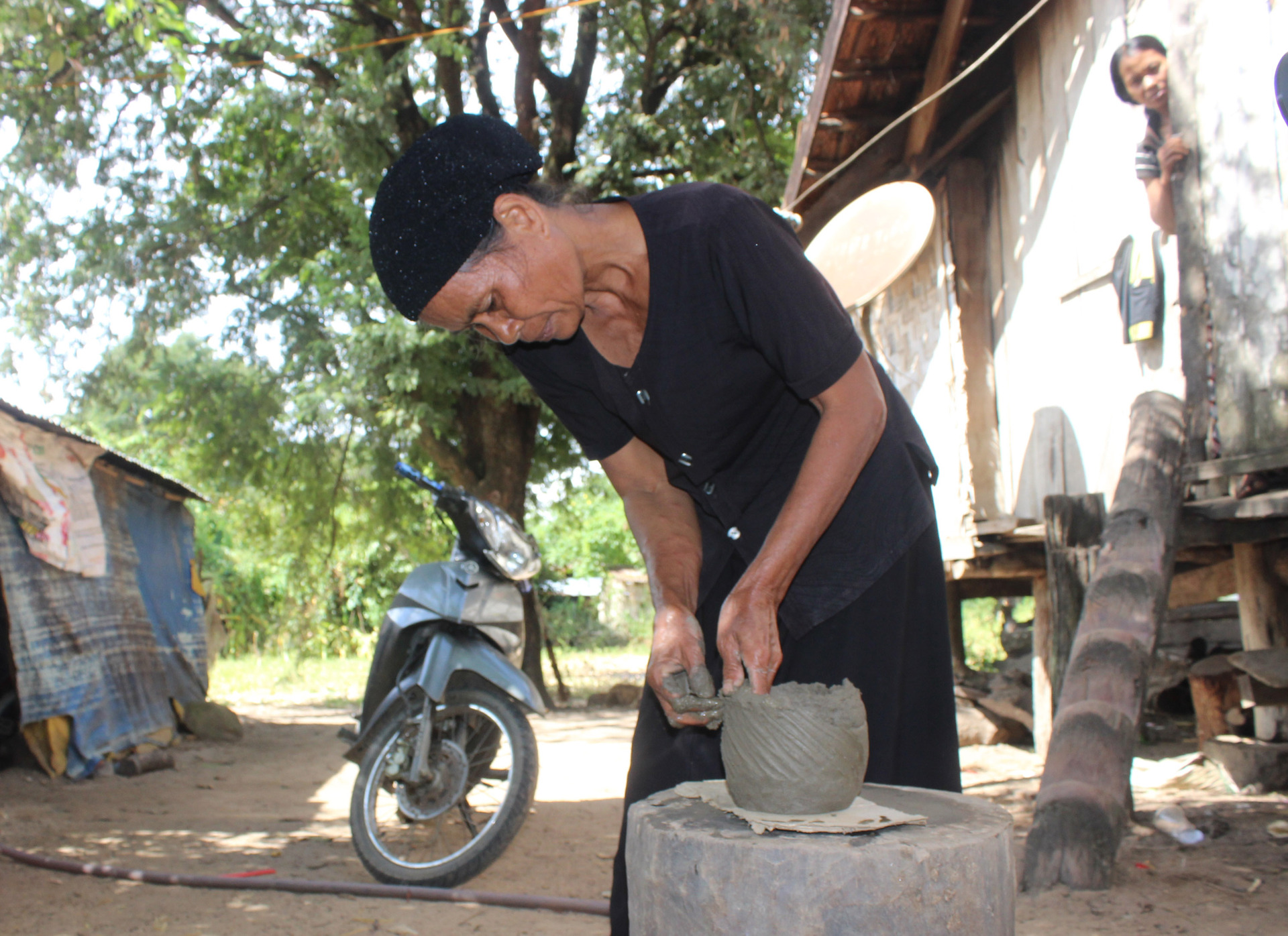
The process of making ancient ceramics is completely handmade.
The next generation with Yo Khoanh, like May Kim, also shares the same passion for pottery making. Every time a guest visits May Kim, she and the other women in the village enthusiastically introduce the products they make with excitement. May Kim said: “I live in the same neighborhood as Yo Khoanh, so we often exchange and learn experiences in pottery making. At the same time, we also teach our children and grandchildren so that at least if they are not passionate about pottery making, they will know that our village has this traditional craft passed down from their ancestors.”
Although ceramic products are not as numerous as other industrial ceramic products on the market, their prices are also unstable, but women like May Kim, Yo Khoanh, etc. have never given up making ancient ceramics left by their ancestors, because ceramics is not only a passion and a traditional craft left by their ancestors, but also the breath of the Yok Duon merchants.
“In the past, since the time of our grandparents, all the utensils used to cook rice and soup were made of ceramic. Only recently have aluminum or other objects appeared, and ceramics have gradually become obsolete. Nowadays, due to time constraints, cooking with ceramics requires time and effort, so many families are no longer interested in it. But I personally always maintain this lifestyle,” Ms. Yo Khoanh confided while keeping the fire burning for herself.
The leader of Yang Tao commune, Lak district said: People in Yok Duon hamlet who make ancient pottery are not rich but it is enough to support themselves. Currently, in the whole Yang Tao commune, there are about ten households still making pottery, but due to many factors, pottery making has gradually faded away over time.
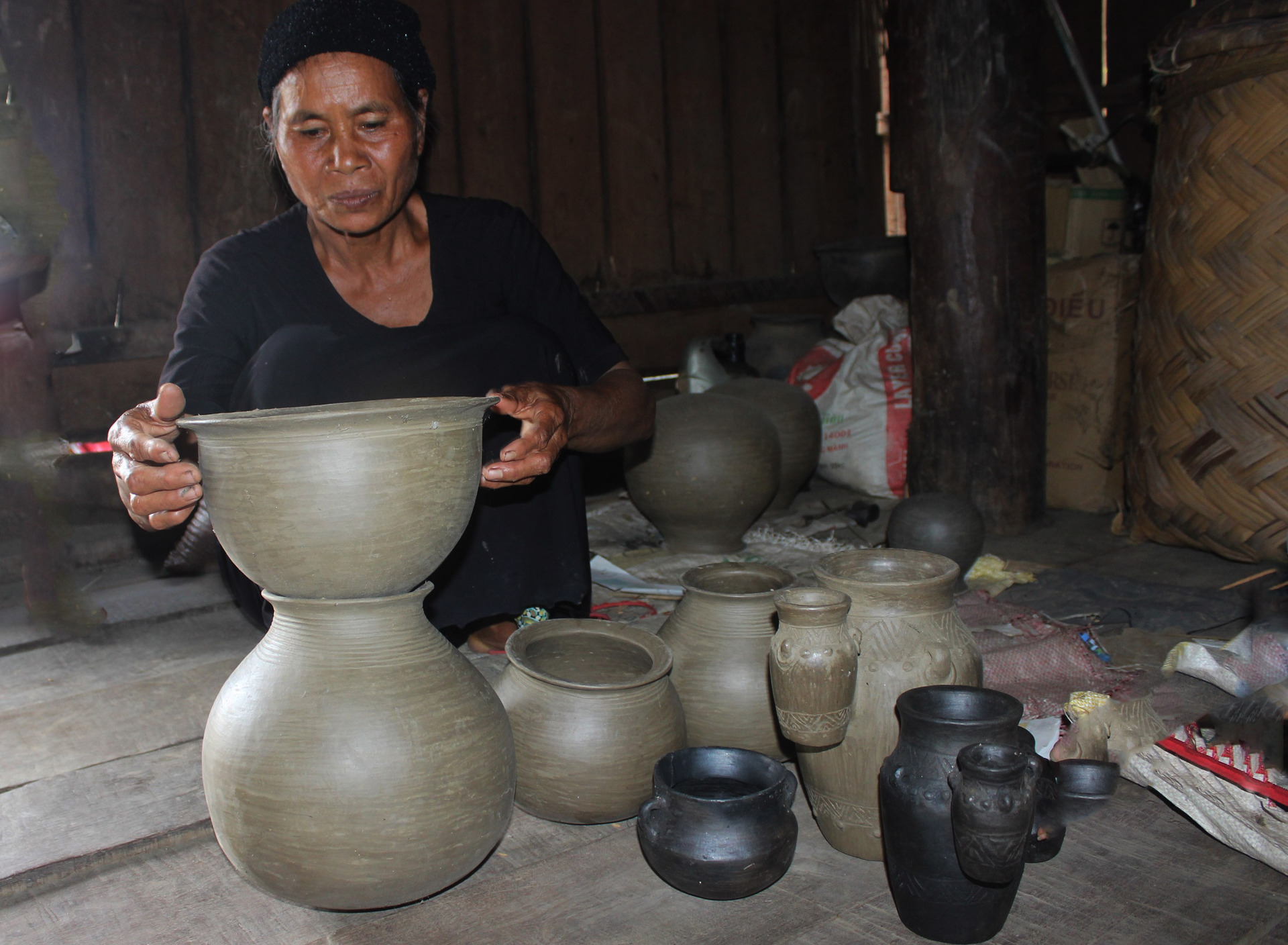
Mrs. Ya Khoanh introduces her newly completed products.
In order for the traditional pottery craft of the M'Nong people to continue to be maintained over the years, and at the same time help artisans have a stable source of capital, it is necessary for agencies and organizations to get involved to support the younger generations to get closer to the traditional craft of their ancestors. Besides, it contributes to building a traditional craft village, creating jobs for the people here.
Previously, Dak Lak Provincial Museum coordinated with local authorities to open a number of pottery making classes for young people in the village; at the same time, it introduced some pottery products made by local people to tourism units.
In addition, Dak Lak Provincial Museum also organizes for M'nong artisans to make pottery according to available models as souvenirs for tourists.
Despite many historical ups and downs and social changes, the traditional pottery making craft of the M'Nong people still retains its own characteristics and is the pride of the people here.
Source: https://www.congluan.vn/gom-co-mnong-rlam-di-san-song-giua-dai-ngan-post327797.html




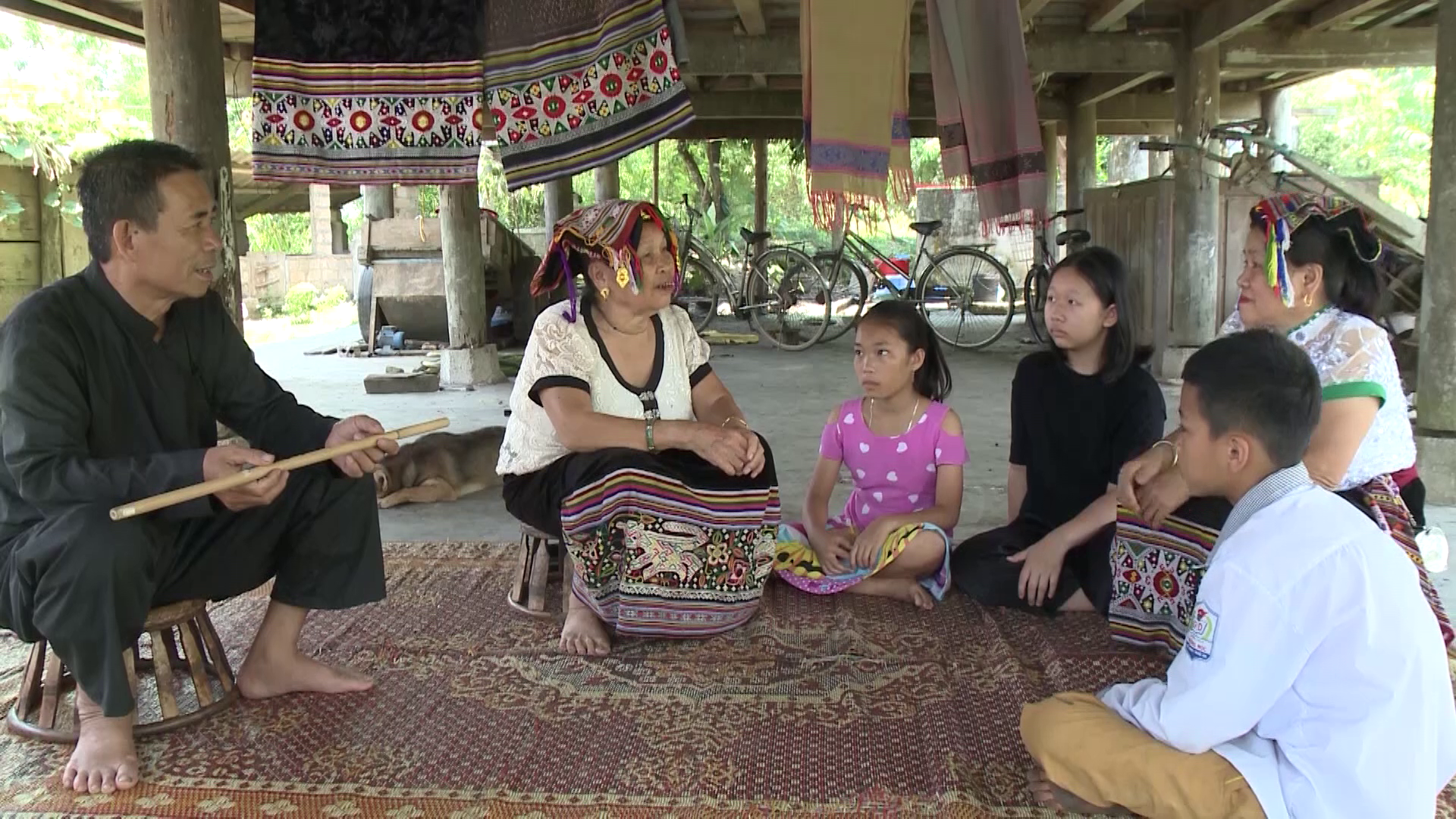



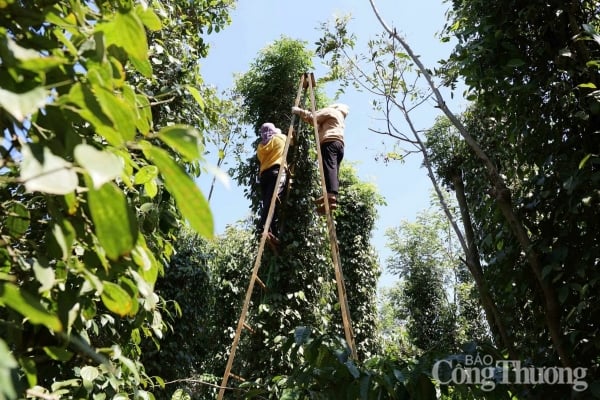



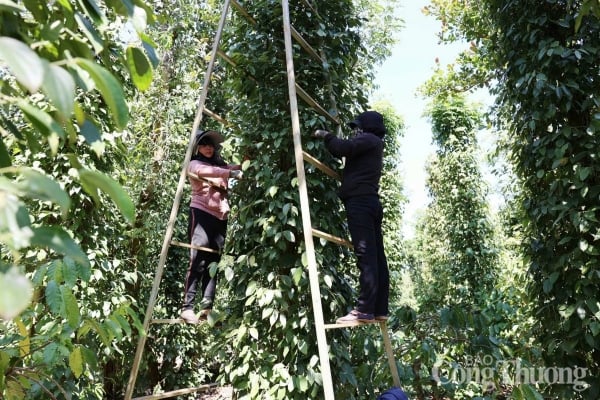

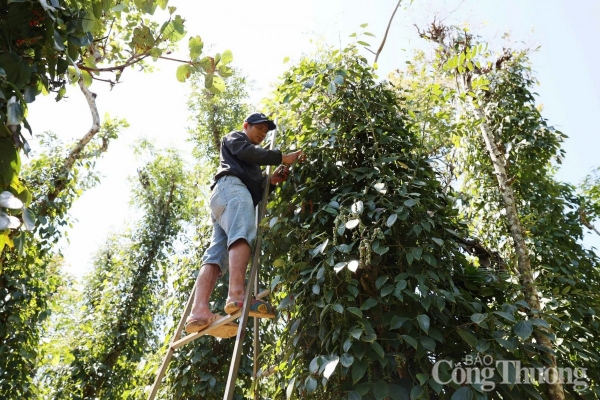
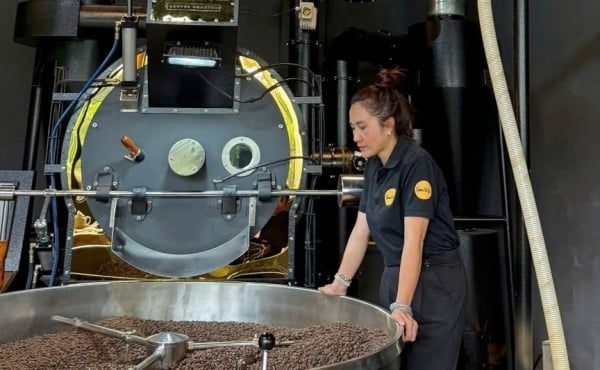
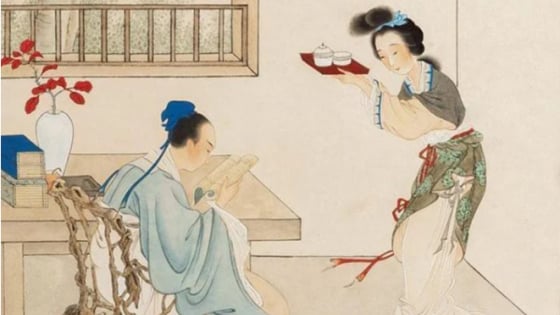









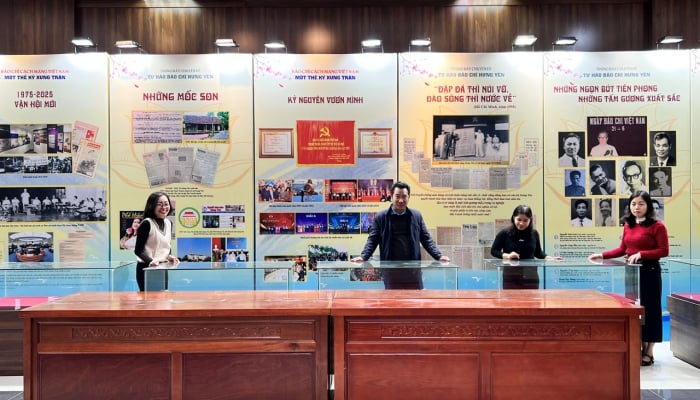
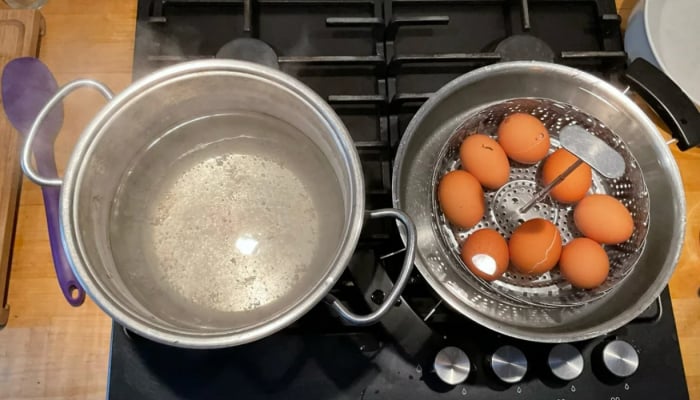




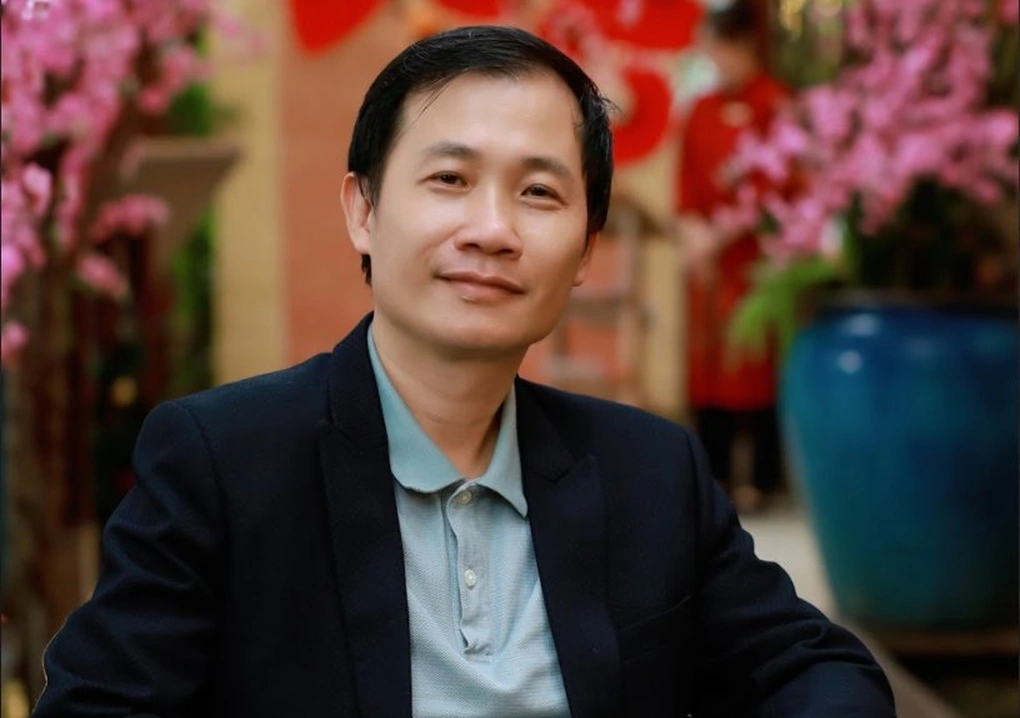





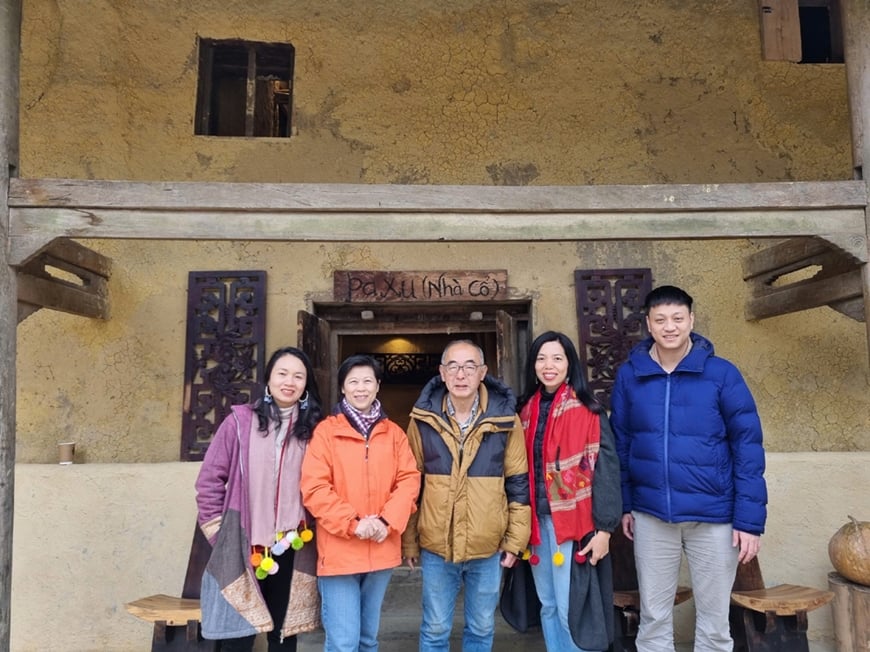



Comment (0)